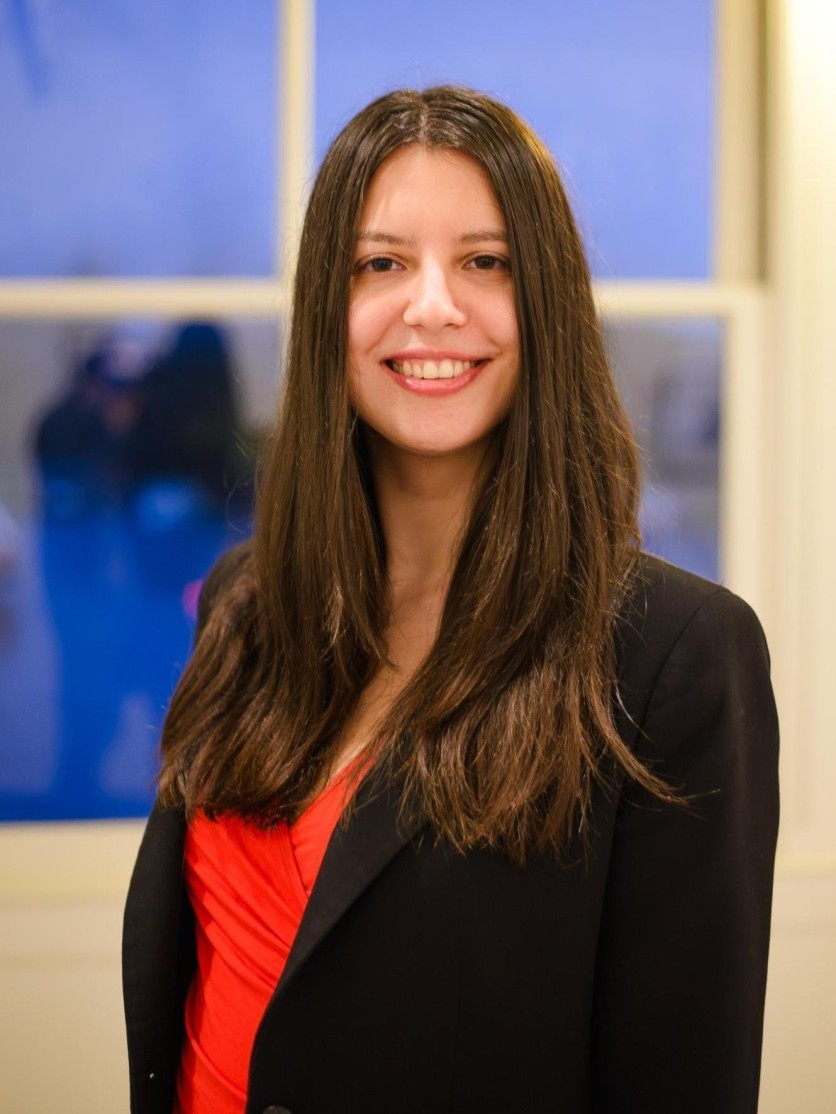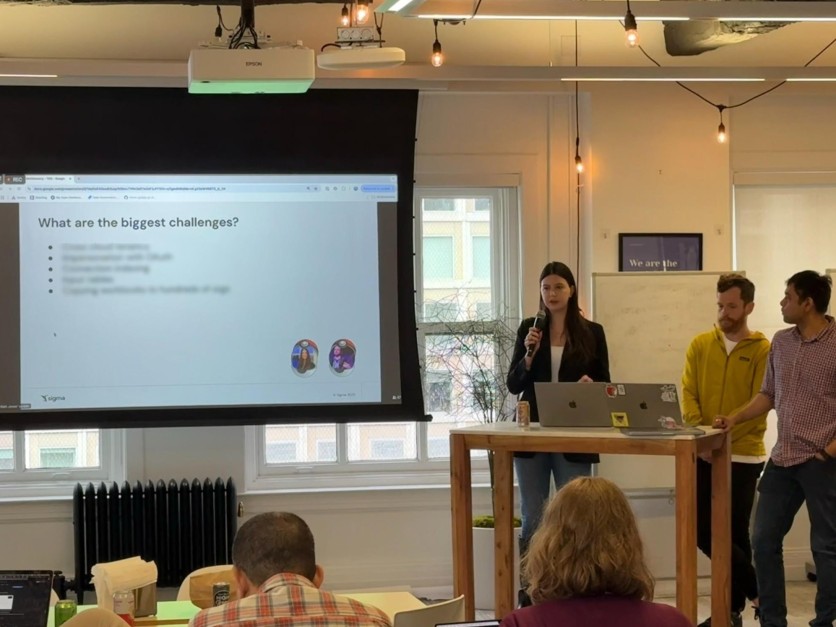
In an era where data powers everything from ad targeting to space exploration, it's easy to forget the real human stories behind the numbers.
But for data product software engineer Ioana Munteanu, data has always been more than just numbers on a dashboard; it's a tool for empathy, insight, and solving real problems in unexpected places.
This story begins not in a hospital, but in the mind of an engineer who believes that great technology is built at the intersection of design and impact. Ioana didn't set out to transform surgical training, she wanted to actually understand it.
And what she found was a way to turn a surgeon's line of sight into a line of code. Here's a closer look at her life, career, and groundbreaking work.
From Code to Clinic: A Journey to Rethink Medical Training

Munteanu's career began with a Computer Science degree from the University of Minnesota Twin Cities, and her first foray into this world was as a Software Engineer building data tools that are intuitive, visual, and user-centered.
She currently holds a high-impact role at a leading Silicon Valley startup, where she works daily with React, TypeScript, GraphQL, and analytics tooling. But what sets her apart isn't the stack, it's how she uses it.
"What originally drew me to this field was my love for beautiful, intuitive design," she says. "Even early on, I found myself caring a lot about not just whether things worked, but how they looked and felt."
A painter and visual artist since her childhood, she brings the eye of an artist to her technical work. During a university project, when her classmates honed in quickly on functionality, she spent extra time on making the interface simple, smooth, and visually clear. Accolades from her professor and classmates let her know that she had found her niche.
When Munteanu was offered a research opportunity involving eye tracking and medical skill prediction, it was a perfect fit for her unique skill set and experience. She understood the tech, but more importantly, she understood the user.
How Ioana Munteanu Used Eye Tracking to Predict Surgeon Proficiency
Munteanu's research sought to answer a central question: Can a person's gaze reveal their skill level at a particular task? For surgeons, her results suggest that the answer might be yes.
She approached the project in two stages. First, she used high-fidelity eye-tracking hardware during surgical procedures to gather a large data pool that would enable her to look for gaze patterns. This hardware was able to track where surgeons looked during procedures, how long they focused on these different areas, and how their attention would shift when pressure increased.
From there, she built a machine learning model that could process the data and begin identifying patterns and predicting future eye movements. By correlating gaze patterns with experience patterns, the model could distinguish between new and experienced professionals based purely on where their eyes focused.
"The goal was to create a system that could assess a surgeon's skill in real time," she explains. "The impact of this work could transform medical training by offering objective, data-driven insights into surgical performance."
This approach opens up a new frontier in medical training: objective, behavior-based performance assessment that goes beyond checklists and subjective feedback to provide more personalized feedback and instruction based on individual areas of need or weakness.
The UX Mindset Behind Munteanu's Technology Success

What made the project stand out wasn't just the accuracy of the models; it was how Munteanu designed them to be understood. With her background in frontend development and design systems, she knew that a data tool is only as powerful as it is usable. Her eye for design and user experience became a crucial component of her eye-tracking research.
The study serves as a prototype for academic audiences, not data scientists. Ensuring that surgical educators could make sense of its insights was crucial, as surgeons, trainers, and medical staff need to be able to glean quick insights that can help them in the moment.
It's why she designed the study's results to be easy to read and understand for all its audiences by prioritizing clarity, visual feedback, and accessibility.
Imagine a scenario in which a surgeon can get immediate feedback on their performance in the middle of a training simulation. Removing the subjectivity of a human trainer trying to spot patterns helps, but only if the surgeon can quickly read the data and make improvements in the moment. Subconscious cues, captured by subtleties undetectable by the human eye, offer teaching opportunities based on more objective data.
That's the future her research points toward: real-time coaching, better learning retention, and better patient outcomes.
By capturing unconscious cues in how experienced surgeons behave, the model doesn't just predict skill, it teaches it. This isn't about replacing human educators; it's about giving them a powerful new lens through which to see their students.
Build with Purpose, Code with Empathy

Eye-tracking research is just one part of a bigger vision Ioana brings to everything she does. Whether she's designing embedded analytics dashboards or leading a React workshop, she's always driven by a belief that software should serve real people with real problems.
And that often means going beyond what a user says they need and digging into what the problem really is.
"At the outset of my career, I often built what customers asked for. But I quickly realized that the best solutions come when you step back, ask better questions, and design something more thoughtful than the request."
But above all, it comes down to empathy. For Ioana Munteanu, true success cannot just be a technical achievement. Instead, she uses data to better understand people, then codes the systems that turn data into insights in a way that helps them solve their most important problems.
ⓒ 2025 TECHTIMES.com All rights reserved. Do not reproduce without permission.




